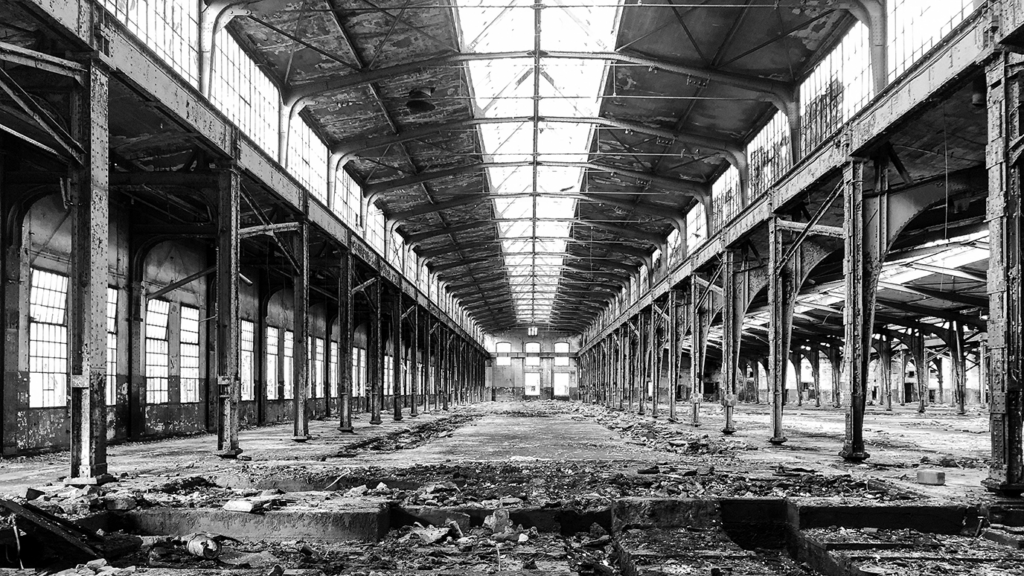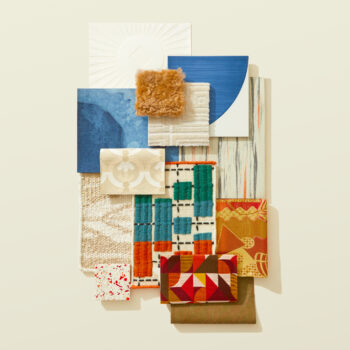
The beauty in places time forgot.
Abandoned buildings have a certain allure that draws the attention of architects, interior designers, and architecture enthusiasts alike (#ruinporn was an Instagram sensation for a reason!). When designers encounter these forgotten spaces, the crumbling walls, peeling paint, and broken windows offer a raw and rugged kind of beauty that inspires the imagination.
Part of the appeal of abandoned buildings is their history. Having been around for decades — often centuries or more — these structures have witnessed countless events and changes in the world. Their age and wear create a sense of nostalgia and longing, and these buildings often evoke visions of a bygone era. Another aspect of the appeal of abandoned buildings is their potential for transformation. Architects and interior designers see these structures as blank canvases, full of potential to be reborn as something new and beautiful. The challenges posed by the existing structure can inspire designers to be more inventive and imaginative in their designs, and the juxtaposition of old and new can be stunning and surprising.
Moreover, abandoned spaces also offer an organic opportunity to incorporate elements of the past into modern designs. Architects and interior designers can preserve and highlight the original elements of the building, such as brick walls, wooden beams, and stained glass windows, creating a harmonious blend of old and new. This creates a sense of authenticity and connection to the building’s history and adds a timeless quality to the finished design.
By preserving and revitalizing these structures and their embodied carbon, architects and interior designers can demonstrate their commitment to reducing waste and preserving the built environment for future generations. The result is not only a beautiful and functional design but also a statement about the importance of sustainability and preservation for our collective future.


Explore other trends from the past and how they are being integrated into modern design in our Incorporating Arabesque Designs for Modern Interiors article.







